A pergola is an outdoor structure that adds visual interest and architectural appeal to a garden, patio or backyard. It’s typically made from wood and can be used for shade, seating areas or even as a trellis for climbing plants. It can be difficult to determine the most suitable wood for your pergola due to the wide variety of options. In this article we’ll discuss the characteristics of the most popular woods used in pergolas and help you decide which type will work best for your project.
Factors To Consider As You Compare Wood Types
To choose the appropriate wood for a pergola, there are multiple aspects you should take into account.
Weight
Weight is an important factor to consider when selecting the right type of wood for a pergola.
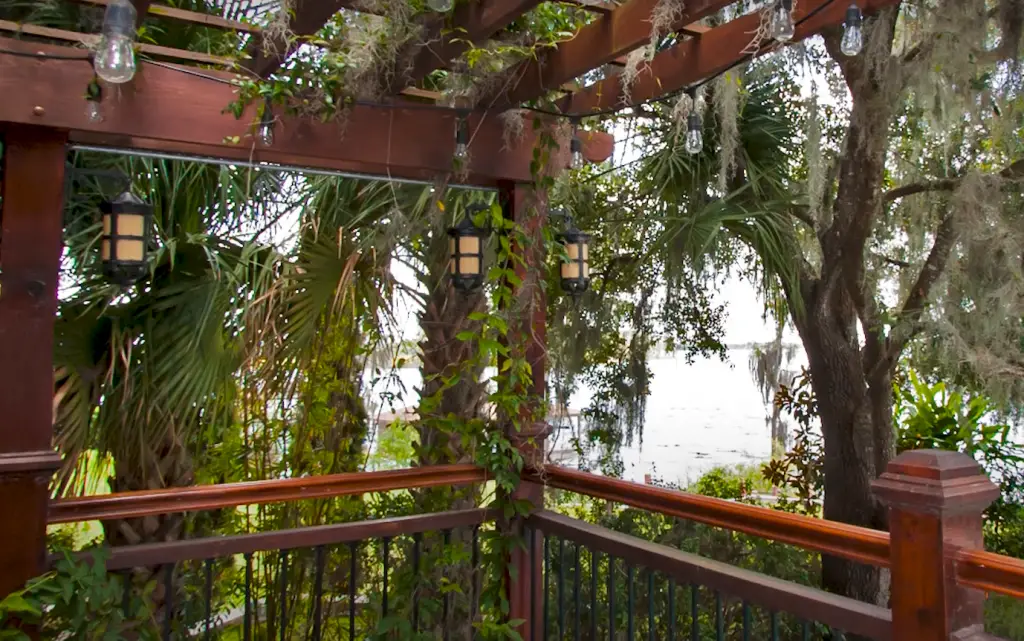
Different woods have different weights, so you’ll want to choose one that’s sturdy enough to support the structure but won’t be too heavy or unwieldy.
Weather Resistance
Wood is an organic material, and when exposed to the elements will eventually decay. For a pergola, the ideal wood should have the ability to endure high temperatures, sunlight, humidity, and precipitation. Cedar and redwood are two of the most weather-resistant types of wood available for a pergola. Both are low-maintenance woods that are naturally resistant to rot, decay and insect infestations. These woods will also not warp or crack when exposed to the elements, making them great for outdoor installations.
Visual Appeal
When selecting the most suitable wood for a pergola, it’s important to consider its aesthetic appearance. Aesthetics can be an important factor in determining the success of your design. Cedar is one of the most popular options due to its natural beauty and rich color, which makes it a favorite among homeowners who want their pergolas to make a statement.
Regardless of the type of wood you choose, it should be sealed or painted to further protect it from the elements.Cost
When it comes to choosing which wood material is best for your pergola, cost is an important factor to consider. Fir and pressure-treated pine are usually cheaper than cedar and redwood. While pressure-treated pine is more affordable, it is less durable compared to cedar or redwood, and may need more upkeep. For a beautiful and durable wood option for your pergola, consider choosing either cedar or redwood. [1]
Western Red Cedar
When it comes to constructing a pergola, many people choose Western red cedar because it is a highly favored option. This wood is naturally resistant to decay and rot, making it an excellent choice for any outdoor structure. Its natural oils also help protect it from the elements.
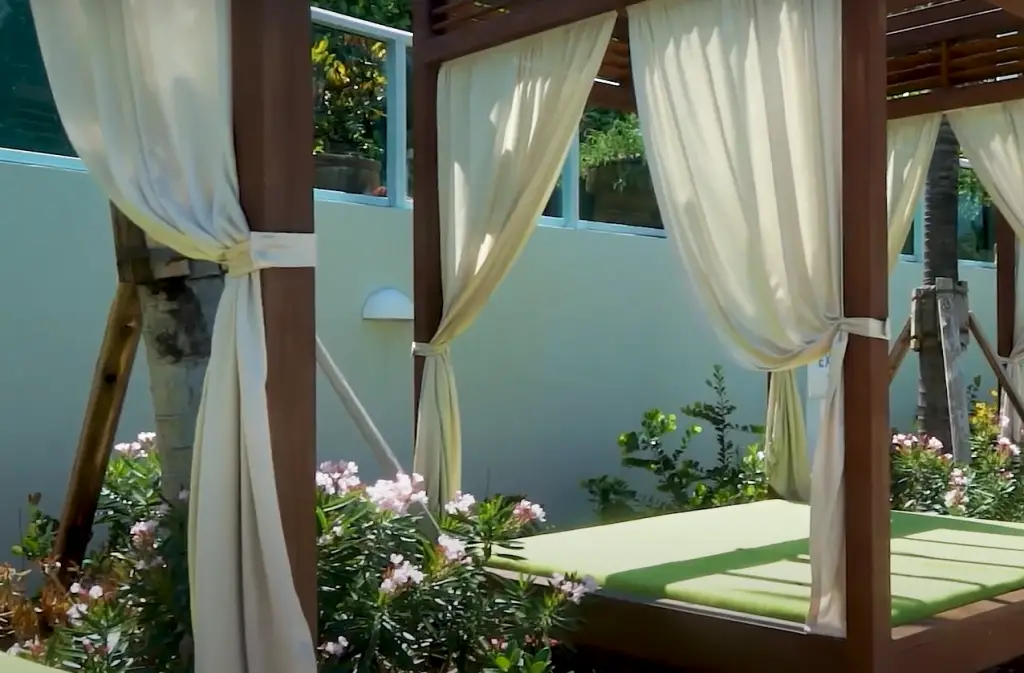
The reddish-brown color of cedar can add beauty to any outdoor area. Although it is more expensive than other materials, the durability and beauty of Western Cedar makes it worth the price. Additionally, he has excellent insulation properties to help keep your pergola cooler in summer and warmer in winter. Cedar is an excellent option for constructing a pergola that will endure for many years due to various contributing factors.
Pressure-Treated Pine
Pressure-treated pine is the most popular material for construction of pergolas, due to its availability and affordability. Pressure-treated pine can be painted or stained in any color desired by the homeowner, and the wood is extremely durable when it is properly sealed. Using pressure-treated pine comes with two downsides. Firstly, it requires some maintenance. Additionally, compared to other woods, it is not as visually appealing. Additionally, the chemicals used in the pressure-treatment process can leach into soil, so if you are using this material near a garden or play area, it is important to properly seal it and regularly check for signs of wear.
Tropical Hardwood
Tropical hardwood is a great option for building a pergola. It is one of the strongest and most durable materials available, making it an excellent choice for outdoor structures. Tropical hardwood also has natural resistance to rot, decay, and insect infestations, making it a great choice for long-term outdoor use. It is also an attractive material, with its natural grain and color adding beauty to a pergola.
Nonetheless, there are certain disadvantages associated with using tropical hardwood. Firstly, this option is more expensive than others, which means that some people may find it too expensive to use. Additionally, because of its dense structure, the wood can be difficult to work with and requires special tools and expertise. Finally, because of its durability, tropical hardwood cannot be stained or painted – although it can be sealed to protect against the elements.
European Green Oak
European Green Oak is a popular choice for pergola construction because of its durability and attractiveness. This type of oak is highly resistant to rot and decay, making it an ideal wood for outdoor structures that are exposed to the elements.
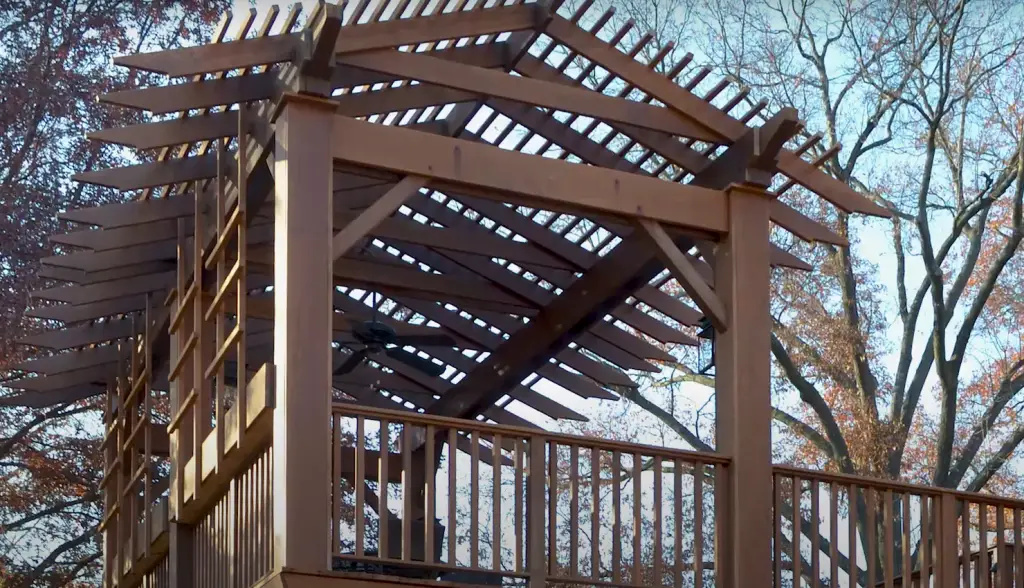
The European Green Oak also has a beautiful color and grain, giving a natural look to any structure built with it. The wood is also strong and has excellent shock absorption, helping the structure stay in place even when exposed to wind or harsh weather conditions. As a bonus, European Green Oak is an environmentally-friendly choice because it comes from sustainably managed forests. If you maintain this type of wood pergola well, it can last for years and enhance the attractiveness and worth of your outdoor living area. [2]
How To Protect Your Wood Choice
Once you have chosen the perfect wood for your pergola, it is important to protect it from damage and wear. Exposure to moisture and sunlight can cause the wood to degrade over time, so it is essential to take proper precautions. Here are some tips on how to preserve the beauty of your wood:
Staining
Staining the wood with a good-quality, outdoor stain will help protect it from UV rays and moisture.
A natural or translucent stain will allow the wood to look its best without obscuring its original grain.Sealing
To choose the most suitable wood for a pergola, it is necessary to perform the final step of sealing and finishing. To ensure long-term protection from rot, decay, and insects, it’s important to finish the wood with a sealant before installation. This can be done using either an oil- or water-based sealer, depending on the type of wood. An oil-based sealer will provide more protection over time, while a water-based sealer is easier to apply and quick drying. Additionally, in wet climates, it’s important to choose an appropriate finish that can create an additional layer of waterproofing between the wood and the elements. Finally, before applying any sealants or finishes, be sure to clean the wood thoroughly and lightly sand it for better absorption. By taking some additional precautions, you can ensure that your pergola remains attractive and sturdy for a long time.
Painting
After deciding on the wood and design of your pergola, you may consider adding a coat of paint or stain to protect it from the elements. If you choose pressure-treated lumber, painting will help protect against moisture and rot.

If you decide on cedar or redwood, staining is generally recommended to extend the life of the structure. Keep in mind that painting or staining will also add to the aesthetic appeal of your pergola, so it is worth considering if you want to customize its look and feel. Additionally, be sure to use paints or stains specifically designed for outdoor lumber protection and follow all directions during application. Ensuring the protection and appearance of your pergola for years to come is important.[3]
How To Maintain Your Pergola
With proper care and maintenance, pergolas constructed from durable wood can endure for many years. Regular inspections and weather damage protection are crucial to ensure the longevity of your pergola. Here are some tips on how to maintain your pergola:
- Inspect for Damage: Regularly inspect your wood pergola for signs of damage, such as cracks and splits in the wood or loosening of hardware. It is important to promptly address any problems that you encounter, as they may become more severe if left unattended.
- Clean and Seal: It’s important to clean your pergola regularly to remove dirt and debris. For best results, use a soft brush and mild soap to avoid damaging the wood. Additionally, it’s also important to seal your pergola with a wood-protective sealant every few years to prevent water damage.
- Protect from Weather: Since wood is vulnerable to weathering, it’s important to take steps to protect your pergola from harsh elements. If possible, try to locate your pergola in a sheltered area and cover it with a tarp when not in use. [4]
Best Wood For Pergola Designs By Location
To select the most suitable wood for a pergola, take into account the weather and area where you reside. The performance of different types of wood may vary depending on the weather conditions in the local area.
In dry climates with hot summers, such as those found in desert regions, hardwoods are often the best choice for a pergola. These hardwoods, such as teak, mahogany, and cumaru, are naturally durable and can withstand the effects of sun, heat, and arid conditions.
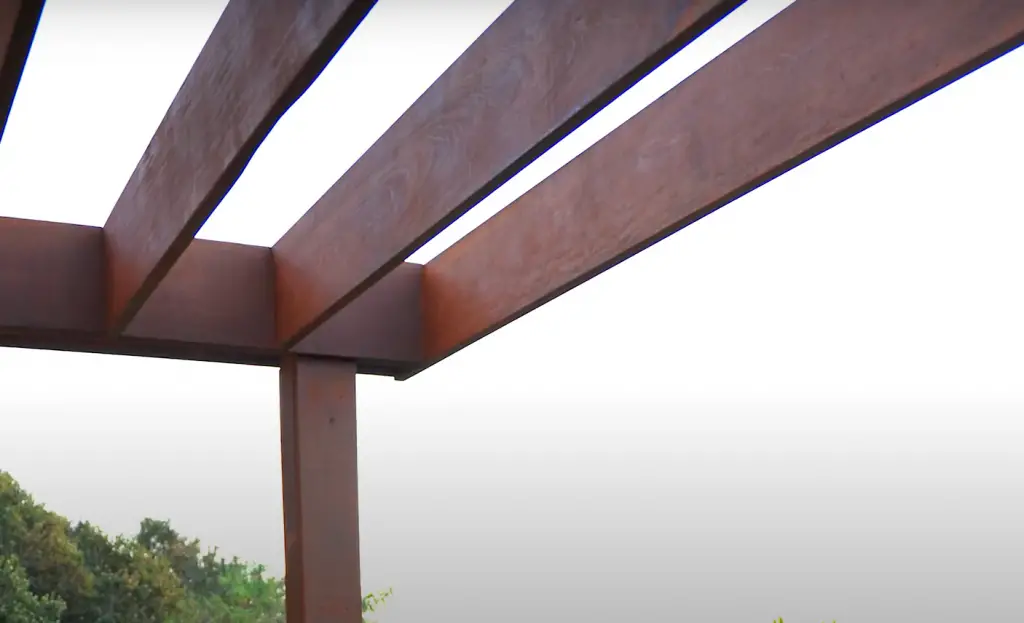
In wet climates with cold winters, like those found in coastal regions or areas prone to heavy rains, softwoods are often a better option for a pergola. These softwoods, such as cedar and redwood, are more resistant to moisture and decay than hardwoods, making them ideal for these climates.
If you live in an area with moderate climate, the top choices for wood to use in building a pergola are usually cypress and pressure-treated pine. Both of these woods are highly resistant to weathering and can endure wear and tear better than other types of wood.
Tips For Sealing And Staining Pine Or Cedar Pergolas
- Before sealing or staining, make sure to inspect your wood. Check for any signs of water damage, rot, mildew, discoloration and cracks. Fill in any gaps with caulk and prime the wood if needed.
- When it comes to creating a waterproof seal on pine or cedar pergolas, use either a polyurethane or an oil-based stain. Oil-based stains will add color to the wood and provide a natural finish, while polyurethane finishes are typically more durable and offer greater protection against the elements.
- Apply the sealer or stain with a brush, roller, or spray gun. Make sure that you cover all surfaces evenly and apply a second coat if necessary.
- Wait until the wood is completely dry before using your pergola. This may take several days depending on the type of sealer or stain that you use.
- Regularly inspect and maintain your wood pergola for any signs of water damage or discoloration. To preserve the wood’s natural beauty and protect it from weathering, consider replacing or restoring your pergola every two to three years. [5]
FAQ
What size lumber is best for pergola?
When choosing the size of lumber for a pergola, it is important to consider both the weight and strength of the lumber.
The type of project and the weight of the roofing material will determine which size is best for your pergola. In general, larger posts are recommended when using heavier materials, such as shingles or tiles.What material is used for wooden pergolas?
Wooden pergolas are typically made from softwood or hardwood timber. Softwoods such as cedar, redwood and Douglas fir are popular materials used for wooden pergolas. Hardwoods such as ipe and mahogany are also suitable options for a wooden pergola due to their durability and attractive appearance. When deciding between a softwood or hardwood pergola, consider the climate and location of the structure, as well as your budget. Hardwoods are usually pricier but need less maintenance, whereas softwoods are cheaper but require more upkeep. Before installing any type of wooden pergola, it’s important to make sure that you properly treat and seal the wood to protect it from moisture and pests. This will help ensure that your pergola lasts for many years to come. Additionally, if you opt for a softwood pergola, be sure to use treated lumber that is rated for outdoor usage. Doing so will ensure that the structure can withstand all types of weather conditions without rotting or decaying. To determine the best wood for a pergola, consider factors such as your budget, climate, location, and desired level of maintenance. Softwoods like cedar, redwood and Douglas fir are suitable options if you’re looking to save money but also require more maintenance. Hardwoods such as ipe and mahogany are more expensive but require less upkeep. Whatever type of wood you choose, it’s important to properly treat and seal the timber before installation in order to protect it from the elements.
Is pine a good wood for a pergola?
Pine is a popular choice of wood for pergolas, as it is relatively affordable and easy to work with. However, it is not the most durable option and may rot over time if exposed to frequent moisture or other harsh environmental elements. Pine also has a tendency to warp more easily than harder woods such as cedar and redwood. As a result, if you choose to use pine for your pergola, it is important to make sure that you regularly seal and maintain your structure so that it can last as long as possible.

Also, if your pergola is used frequently or in an area with extreme weather conditions, a harder wood such as cedar or redwood may be more suitable. Ultimately, the best wood for a pergola will depend on your individual needs and budget.
What pergola material lasts longest?
When it comes to longevity, cedar is the best material for a pergola. It’s naturally resistant to decay and rot, making it an excellent choice for outdoor structures. Pressure-treated lumber is a more economical alternative but will require additional maintenance over time due to its propensity for splitting and warping. Redwood is another option that is also resistant to decay and rot, but it can be expensive. Another factor to consider when selecting the best material for a pergola is its weight; heavier materials such as cedar or redwood may require additional supports for larger structures. Other wood options include mahogany, teak, ipe, and cypress.
Is hard or soft wood better for pergola?
The choice of wood for your pergola will be determined by the structure you are building and the level of protection required against pests and weather. In general, softwoods such as redwood or cedar are more common in pergolas than hardwoods like mahogany or teak. Softwoods can be easier to work with and are less expensive than hardwoods. They also tend to be lighter, which makes them easier to transport and install. However, softwoods will need more frequent maintenance since they are not as weather-resistant as hardwoods. Hardwoods such as mahogany or teak can be much more durable and weather-resistant than softwoods, but they are also more expensive and heavier to transport.
How thick should pergola be?
The thickness of a pergola depends on its purpose. If the structure is meant to provide shade, then thicker wood should be used for greater stability and protection against weather damage. If the pergola is going to be used primarily as an ornamental feature in a garden or other outdoor space, then thinner wood can work just fine. Pergolas are typically made out of pressure-treated pine, western red cedar, or redwood. To ensure strength and stability, it’s recommended that you choose wood that is at least 4 inches thick, regardless of the type of wood.
How thick is wood on a pergola?
The thickness of the wood used in a pergola depends on the size of the structure and its intended purpose. Generally, the thicker the wood, the stronger it will be. For smaller structures and those that will not see much wear-and-tear, thinner pieces of wood can be sufficient. However, if you are looking to create a large, sturdy structure that will endure the elements and support a lot of weight, thicker pieces of wood are essential. It is important to consider how the pergola will be used before selecting the thickness of the wood.
How long will a pine pergola last?
The durability of a pine pergola will depend on many factors. These include how well the timber is treated, the climate it is in and how often it is maintained. Generally speaking, a pine pergola can last up to 20 years if all these things are taken into account. If you plan to use your pergola in a heavily shaded area or in a humid climate, you may want to consider another type of wood that is more resilient and longer lasting. Cedar is one example of a wood that stands up better in such conditions and can last for decades. A pine pergola that has been properly treated and maintained can still provide years of enjoyment and be an attractive addition to your outdoor space. It is important to be sure to treat and maintain the wood regularly in order to ensure its longevity and beauty. A professional contractor can also help you choose the best material for a pergola based on climate, budget, and desired look.
Useful Video: What Woods Make The Perfect Pergola?
Conclusion
There are numerous choices available when it comes to selecting the ideal wood for a pergola. Pressure-treated pine is an inexpensive and durable choice that requires little maintenance while cedar is a more expensive option that offers natural beauty and resilience against weathering. Redwood is also highly rot-resistant and has a beautiful grain pattern, making it a popular choice for outdoor structures. Ultimately, the decision of which wood to use depends on the homeowner’s preferences, budget, and local climate. With careful consideration and research, choosing the right material for your pergola can ensure you get many years of enjoyment out of this stunning outdoor structure.
References:
- https://www.bjornwoodworks.com/post/what-is-the-best-wood-to-use-for-a-pergola#:~:text=Western%20red%20cedar%2C%20and%20other,durable%20investment%20for%20a%20pergola.
- https://pergoladepot.com/guide-to-choosing-wood-for-a-pergola/
- https://duffieldtimber.com/the-workbench/categories/oak-structures-beams/what-is-the-best-wood-to-use-for-a-pergola
- https://woodworkingclarity.com/best-wood-for-pergola/
- https://www.konacontractors.com/blog/the-most-common-types-of-wood-for-pergola-construction/






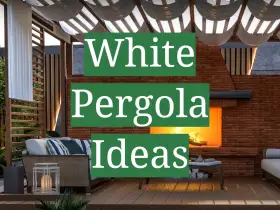
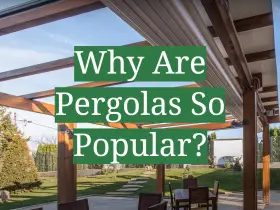
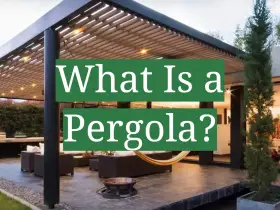

Leave a Reply
View Comments